Kobe Pearl Museum - Come Appreciate World Famous Japanese Pearls

Kobe, Hyogo, the City of Pearls, is renowned for its processing of pearls. We’ll guide you into the world of pearls in Kobe where you can learn about the origin, culturing, and processing of pearls and the people that sustain the local industry.
Kobe: The Global Center of Pearl Processing
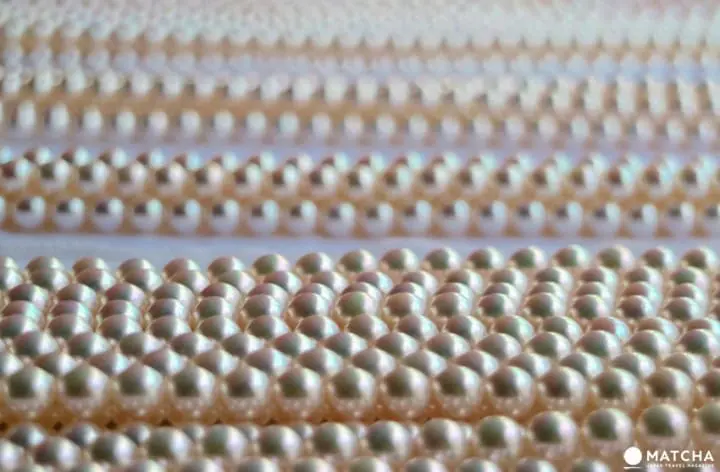
Pearls have long been loved by people around the world as jewelry and in accessories that beautifully accent our global fashions. There are records stating that pearls were even used as jewelry in ancient Rome and Persia. In Japan, they were also called white gems and were used as offerings to the gods.
Japan is a top-class country in the field of processing cultured pearls. Kobe, Hyogo, where approximately 70% of the world’s pearl circulation takes place, is a global center for pearl processing and is called the City of Pearls.
In this article, we will introduce the Kobe Pearl Museum where you can learn about the history of pearls and the people that sustain the processing industry.
The Reason Pearls Are Processed in Kobe
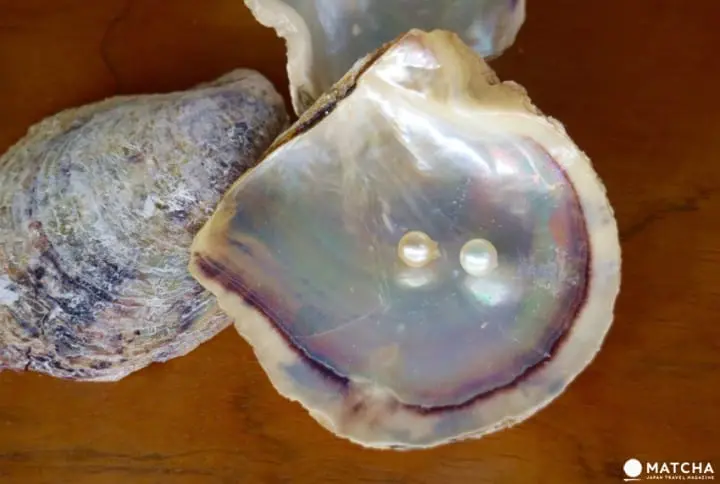
Culturing technology was invented in Ago Bay, Mie between the end of the nineteenth to the beginning of the 20th century, which made it possible to mass produce pearls. Afterwards, Japan rapidly developed as a prominent pearl exporter to the world.
A majority of the pearl oysters cultivated in Japan are from a bivalve species called Akoya oysters. They are 10cm in size as pictured in the photo above.
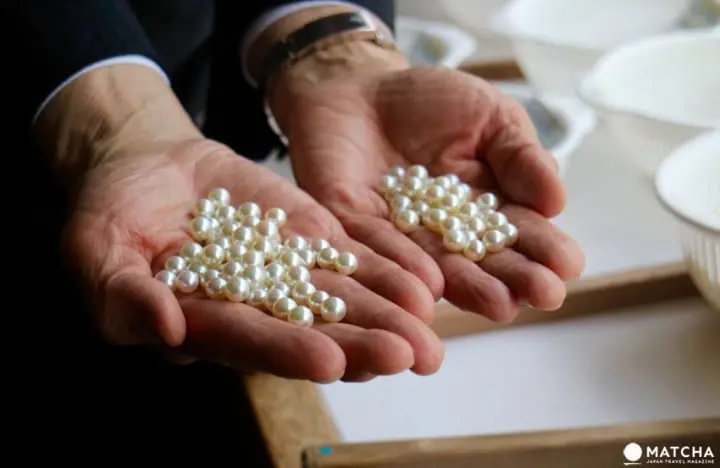
Pearl oysters inserted with a nucleus are cultivated for up to two years in the sea. They must be diligently cared for everyday, from cleaning the shells to maintaining the ocean water, and are raised with great care until a pearl is finally harvested from the oyster.
Harvested pearls are collected in Kobe and undergo processes such as blemish removal and quality assurance inspection. The three main reasons why Kobe is ideal are listed below.
1. The company that Mr. Yasuie Todo, the person that discovered blemish removal technology, established was in Kobe.
2. The soft light reflected by the surface of Mt Rokko is most suitable for sorting.
3. The Port of Kobe is nearby and is thus convenient for importing and exporting.
Manual Sorting
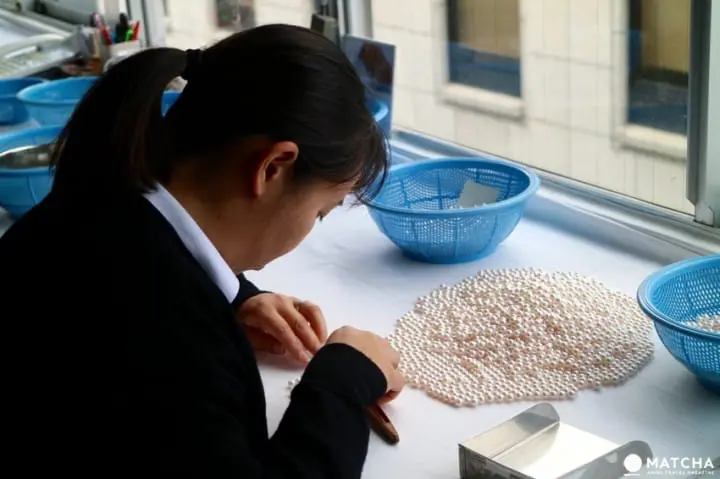
The collected pearls are closely checked for color, shape, size, cracks, shine (luster/brightness), layers (the thickness of the mother-of-pearl), and are then sorted.
It is essential to have soft light from the north as mentioned above to identify the state of the pearls. For that reason, several processing sites have large windows to the north with a workbench at the window. The pearls are classified into ranks based on the human eye.
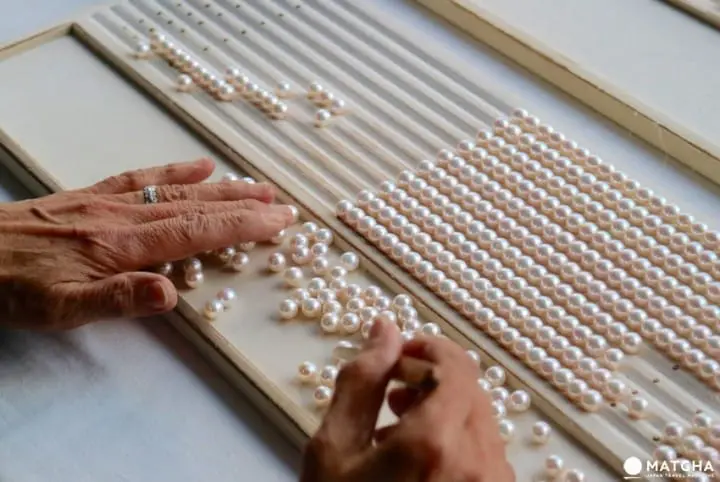
It apparently takes several years to learn how to sort pearls. Though it is a process that requires patience, we were able to feel a sense of pleasure and pride from the staff towards her job as she quietly worked with a pearl necklace around her neck.
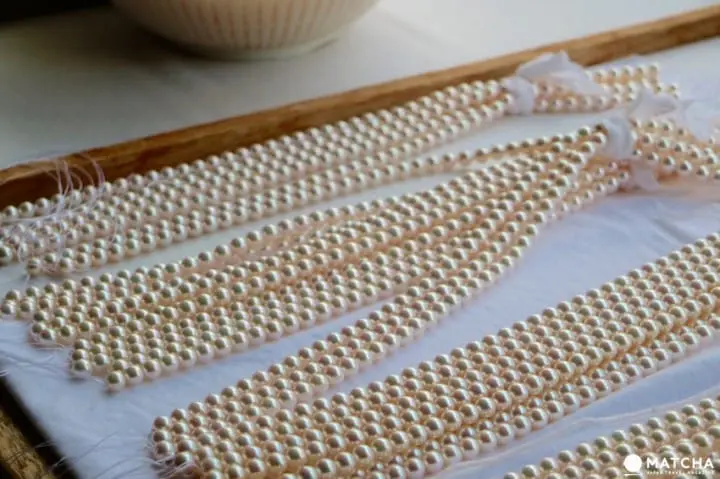
Pearls of the same quality that are strung on a fine thread are called “ren”. After undergoing the manual sorting process, the pearls are sent to exchange markets around the world where they will be bought and can become accessories and jewelry.
Learn About Pearls at the Kobe Pearl Museum!

Please come and experience the profound world of pearls by visiting the Kobe Pearl Museum. It is located in the east end of Kyu-Kyoryuchi, about a twelve minute walk from Sannnomiya Station in central Kobe. Admission is free.
The museum is located on the first floor of the Japan Pearl Hall building that was built in 1952. It is also a registered Tangible Cultural Property of Japan and is a wonderfully designed building often visited by fans of modernist architecture.

The varieties and growth process of pearls, the mechanisms behind culturing, and more are displayed in a way that is easy to understand using actual items and models.

This is a model of the cages that cultivate Akoya oysters in the sea.

Here is are actual duralumin cases that were used to transport large quantities of pearls. The damage on its surface show how long these containers were used to protect the pearls.

This bell made from pearls is called the Per La Vita (The Life of Pearls). It was created in commemoration of the reconstruction of the city ten years following the Great Hanshin Earthquake of January 1995.

The Pearl Tree stands out among other display items. This object of art consists of approximately 10,000 pearls that were strung together by hand and has a beauty that is stunning no matter what angle it is seen from.
The Varieties of Pearls and Their Charms

There are also various types of pearls aside from the pearls harvested from Akoya oysters. Pearls harvested and cultured overseas are also processed in Kobe. The photo above is of the shell of an Akoya oyster to the left and the shell of a silver-lipped oyster harvested in the South Seas to the right.
There are also a vast array of colors aside from the white that pearls are usually associated with some other natural colors being pink, gold, and blue. The mysterious phenomenon that changes the pearl’s color depends on various factors such as the environment of the sea that the pearl was raised in.

The photo above is the reverse of the photo of the shells; in this photo, the gold pearls to the left were harvested from silver-lipped oysters while the gold pearls to the right were harvested from Akoya oysters. They’re very different despite both being pearls.

This is a Tsushima Blue ring that uses a variety of baroque pearls. Pearls that are uneven and not round in shape are lovingly referred to as baroque pearls.
The merit of Tsushima Blue lies in its deep ocean-like color. It is cultivated in Tsushima, an island that is located between the Kyushu region and Korean peninsula.

The charms of pearls are in the beauty of its shine and color. They give those wearing them a refined, high class aura as well as a gentle image.
Pearls are often worn in formal situations, but we also recommend matching a pearl necklace together with a casual sweater.
Pearls as Souvenirs or Commemorative Items


Though pearls may have an established image of being an “expensive item”, they are also small items that can be used in casual settings.
How about trying to find something to commemorate your trip or souvenirs at the Kobe Pearl Souq, a shop located to the north in the same building as the museum?
A Refined Single Bead Pendant

The first item we recommend is this pendant that is made using a single 7.7.5mm Akoya pearl. This is an item that can be used regardless of age. It is 3240 yen plus tax.
A Brooch Recommended for Music Lovers

The second item is this brooch made from a tortoiseshell-like material decorated with a small pearl. There are five types of music-related designs. It is 3240 yen plus tax. It is an item that was so popular after being previously featured in the media that it went out of stock.
Kobe Pearl Souq is open from 11:00 – 16:00. It is closed on Saturdays, Sundays, and national holidays. Almost all credit cards, including UnionPay, can be used here.
The Japanese Pearl Industry We Wish to Cherish
Japanese pearls admired by the world are a blessing from the beautiful nature while at the same time being a gift born from time and love. This is an item we wish to cherish for a long time as part of both Japanese culture and its industry.
Made in cooperation with: Japan Pearl Exporters’ Association, Japan Pearl Hall, Kobe City Hall, MIZUKI PEARL Co. Ltd, Kitamura Pearls Co., Ltd, Trading Co., Ltd, Japan External Trade Organization (listed in no particular order and without titles)
日本文化、特に絵画や工芸品が好き。福岡、京都、大阪、ベルギー、アメリカを経て現在は神戸在住。座右の銘は「住めば都」。





































![Deep dive into Japanese brands! A tour of famous leather shoe stores with GENSEI & Nin [Eizo Edition]](https://resources.matcha-jp.com/resize/720x2000/2025/12/18-253299.webp)
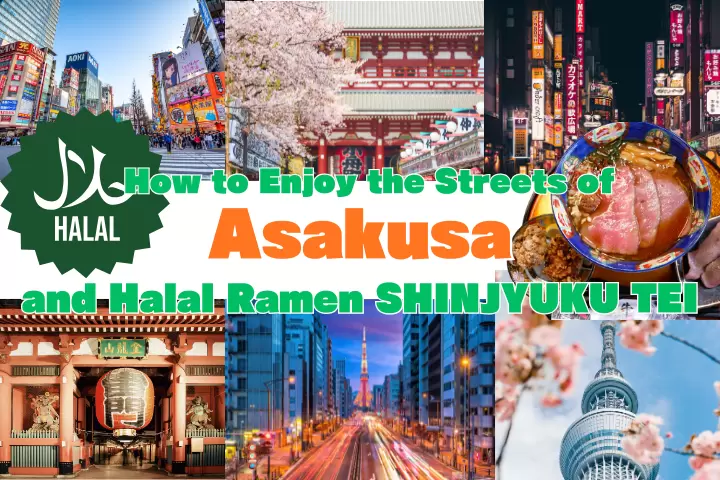


![[30 minutes by train from Meitetsu Tokoname Station!] A must-see for couples! Recommended date Feature Articles in Aichi Prefecture](https://resources.matcha-jp.com/resize/720x2000/2025/12/19-253428.webp)